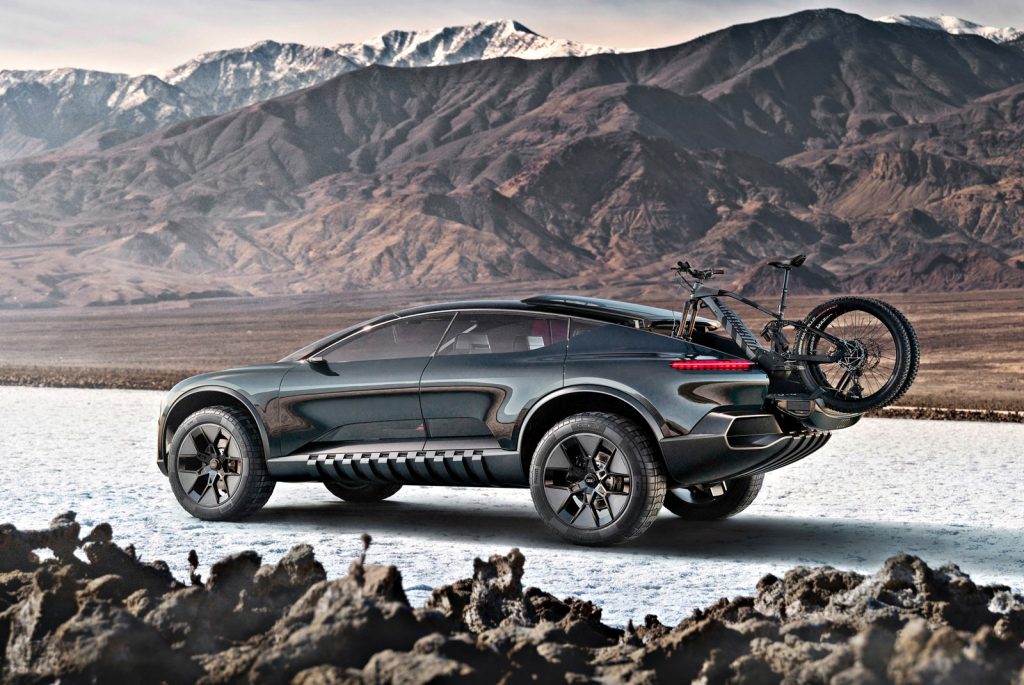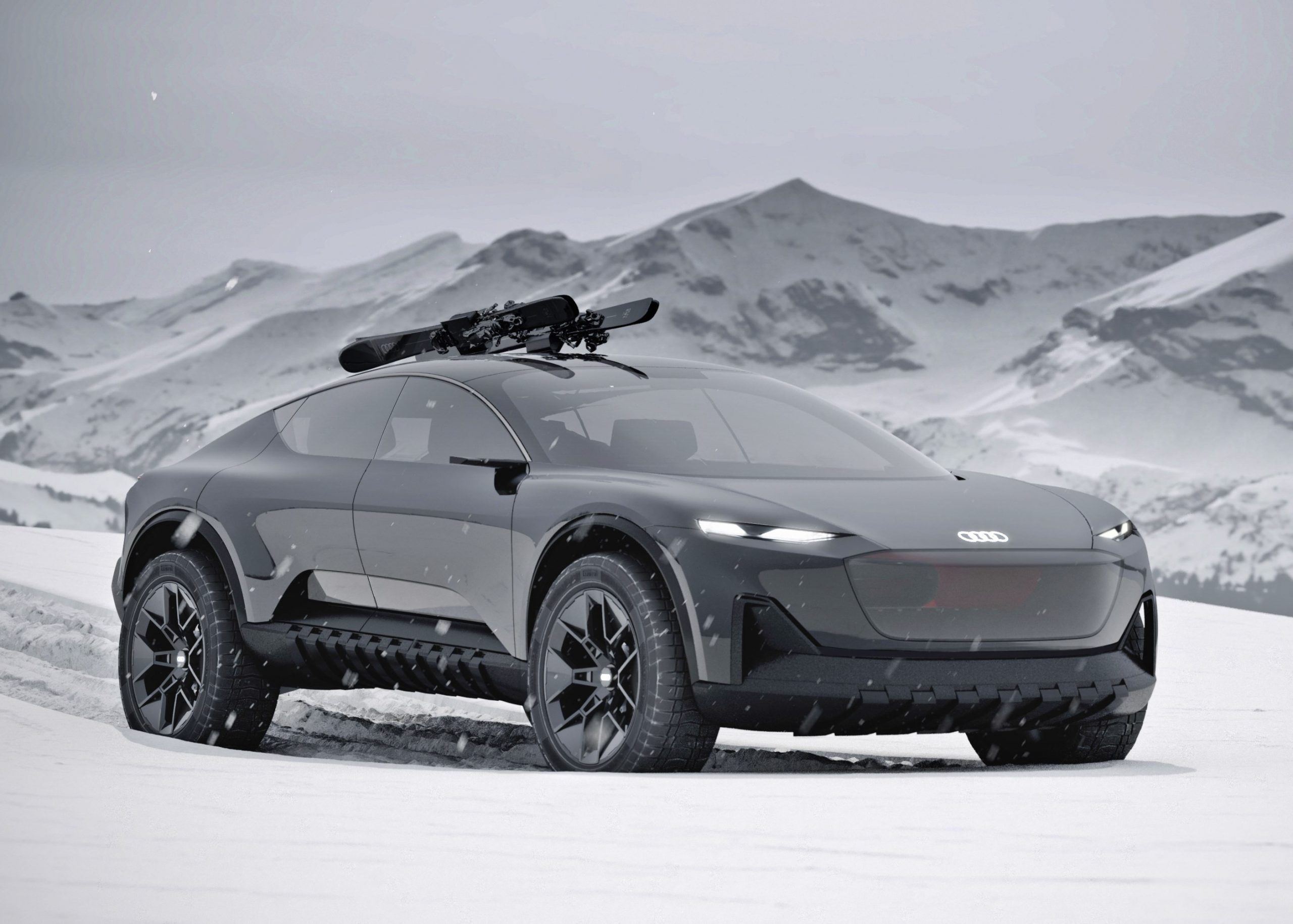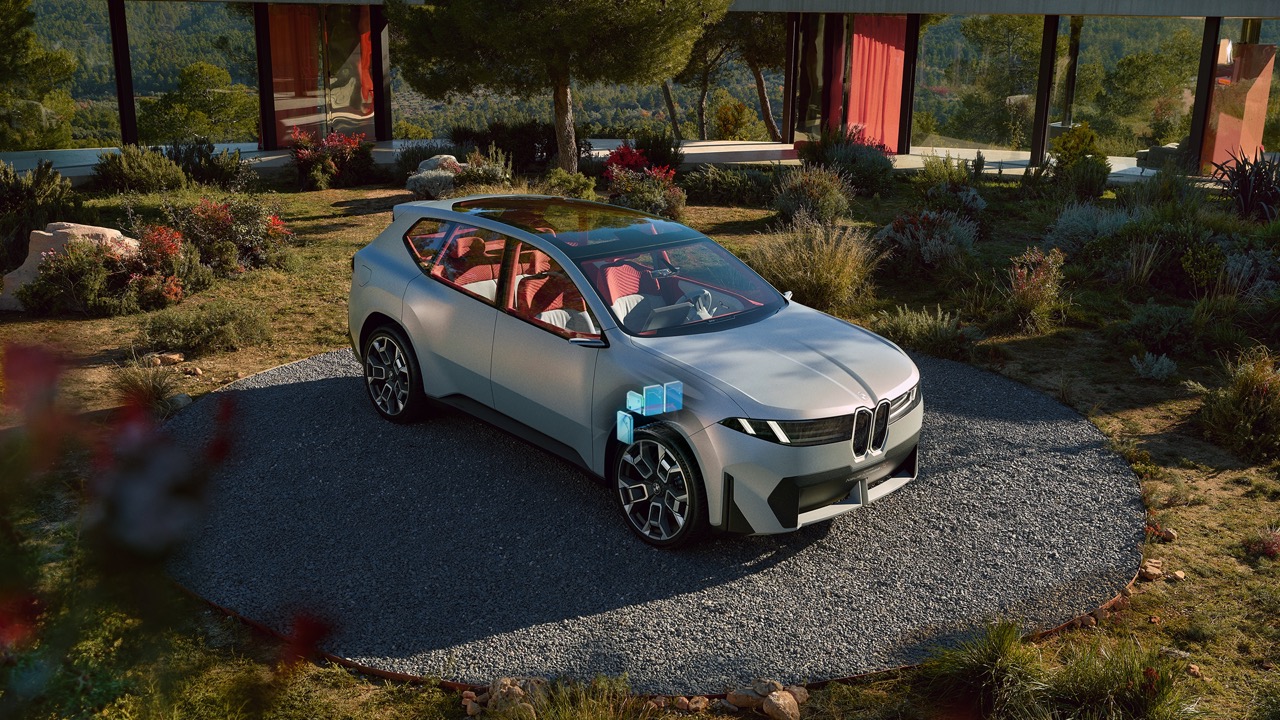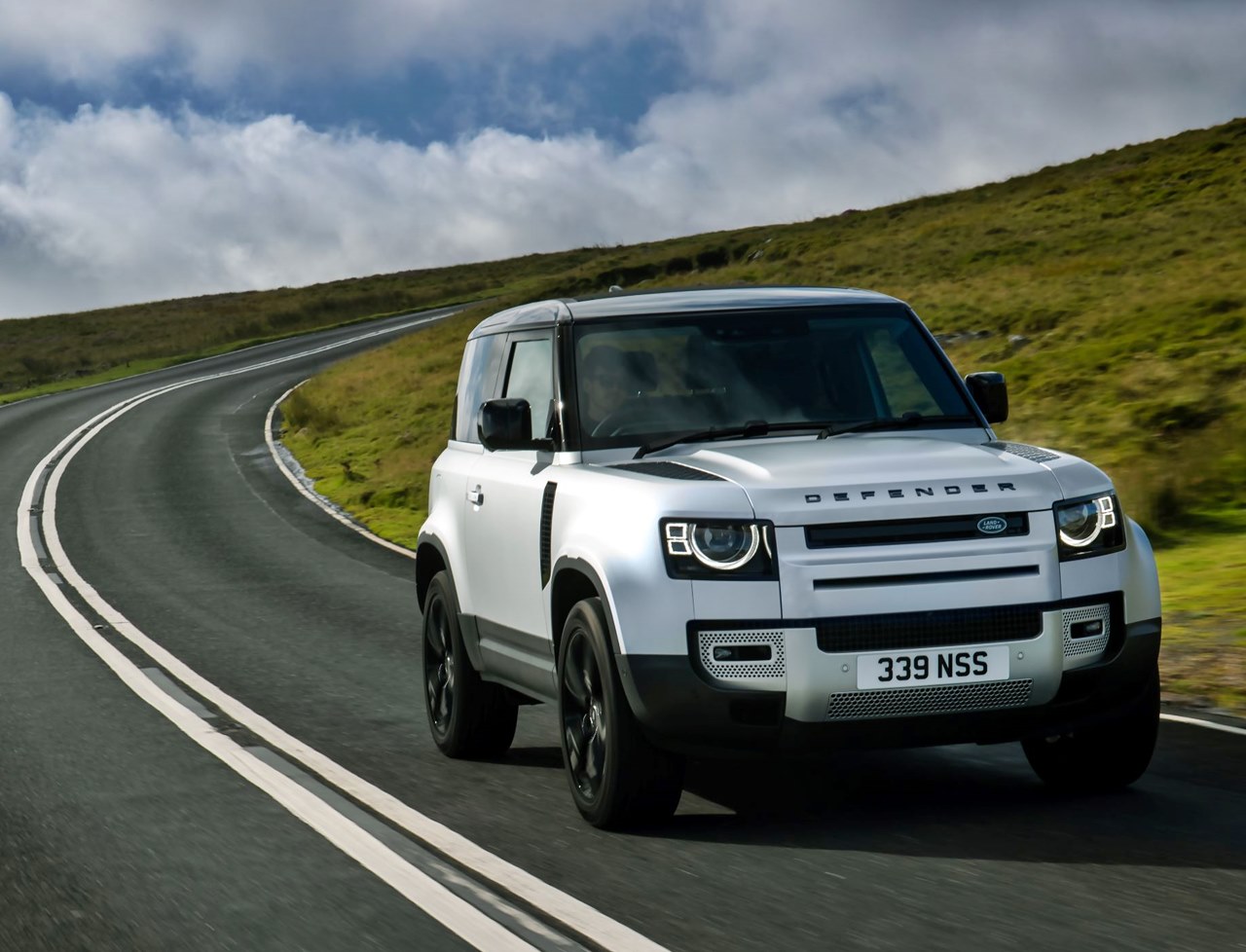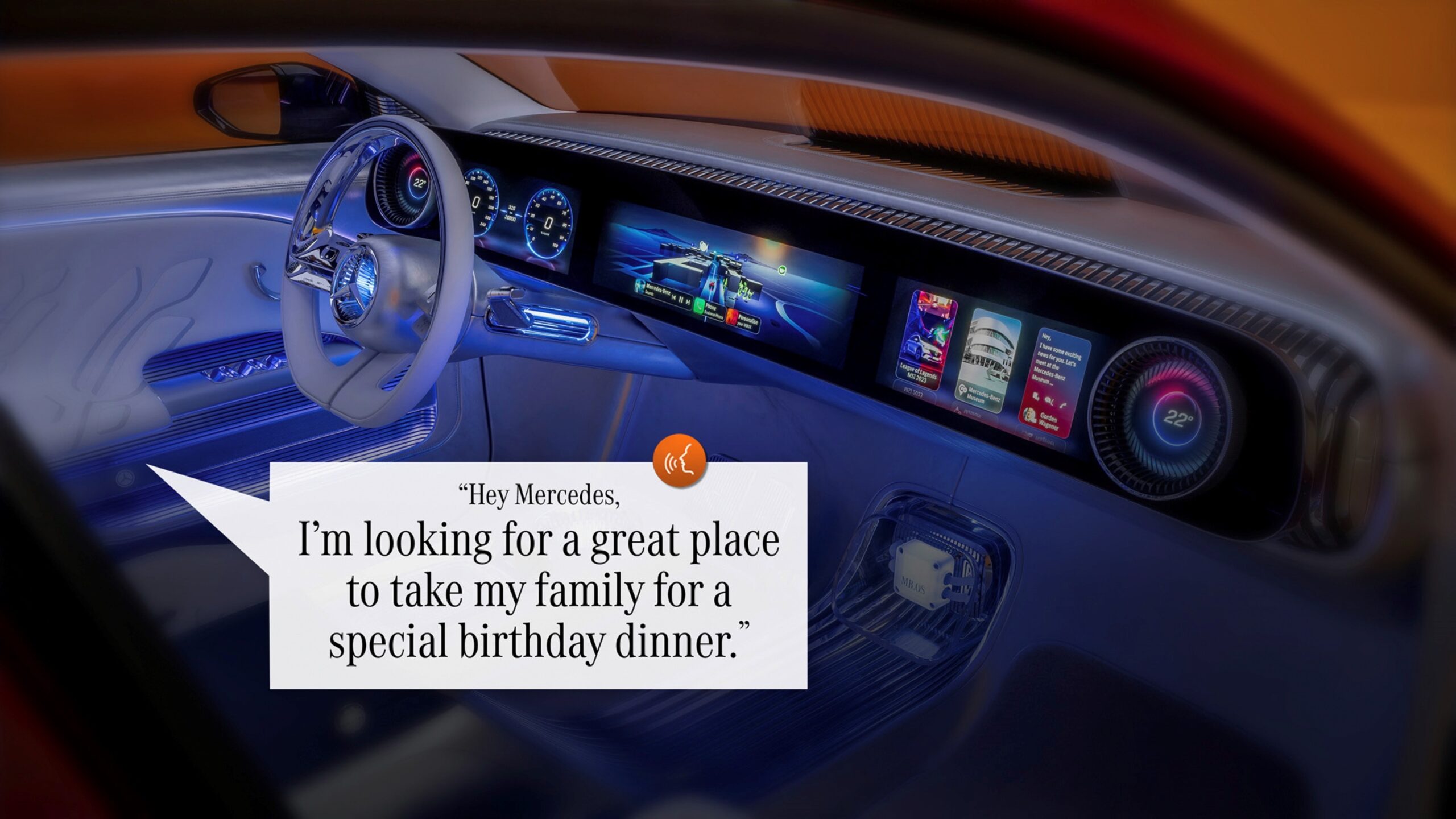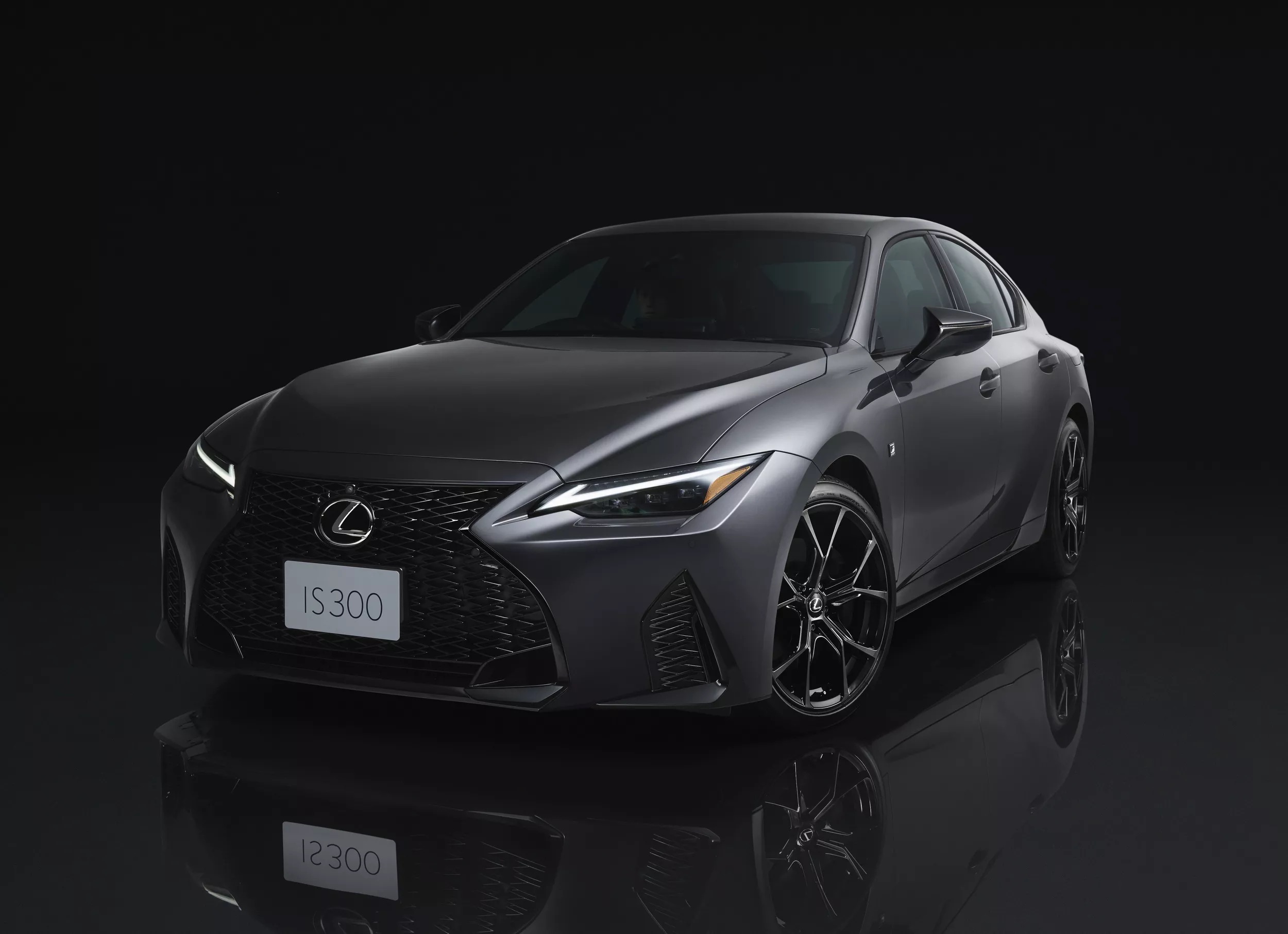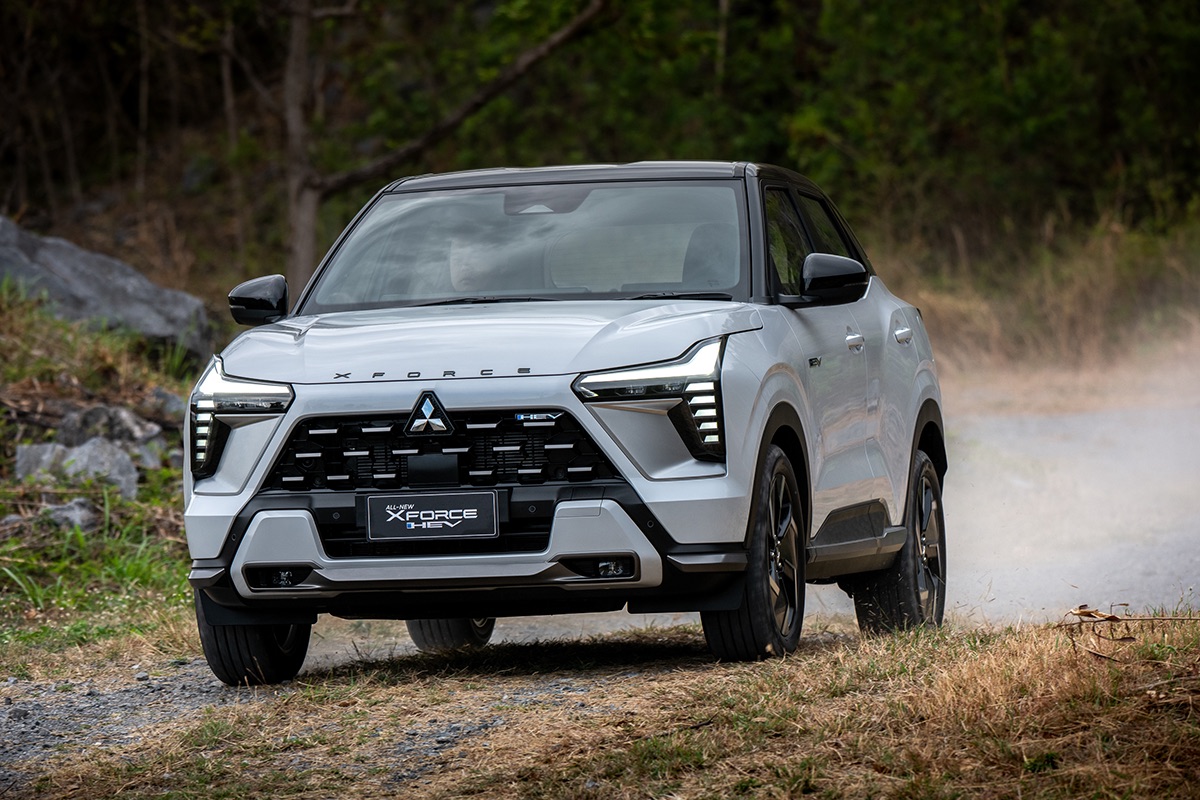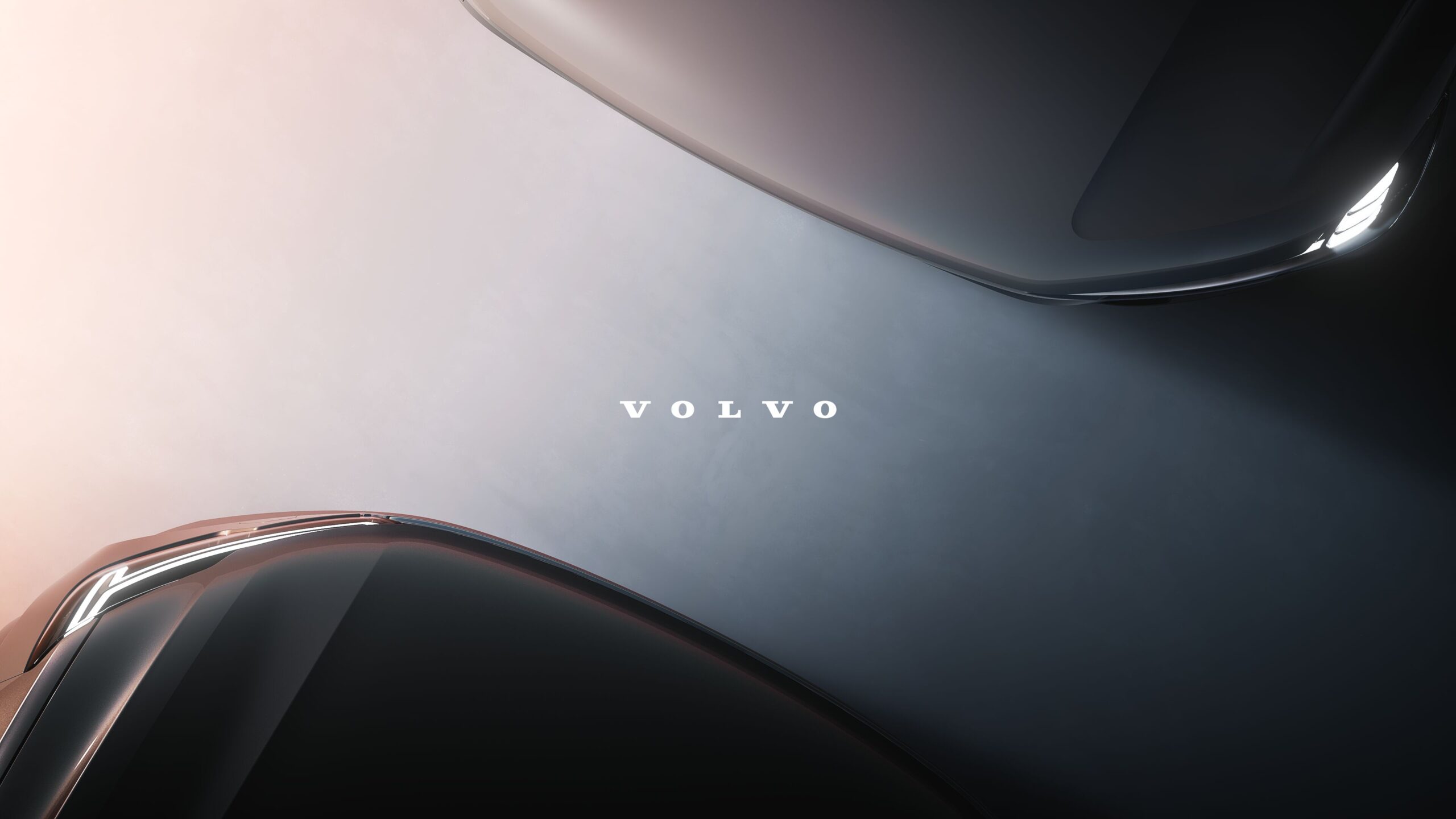With the transition to electromobility and, perhaps by the end of the decade, automated driving as well, car design will change much more than it has at any time in recent decades. Interiors, in particular, will be remodelled with the freedom given by new architecture developed specifically for electric vehicles. The inner space’ will thus become the core of new vehicle design.
Since 2021, Audi has been presenting a series of concept vehicles which show how the brand will design its future luxury cars, with much focus on interior design. The series is unified by the sphere concept and the latest activesphere model unveiled yesterday joins three others presented over the past two years.
As the fourth and final model in the series, the activesphere concept adopts a 4-door crossover coupe bodystyle, following on from the skysphere roadster, grandsphere sedan, and urbansphere people-carrier. Each concept model interprets the paradigm shift in design differently, with the passengers’ needs and quality of experience at the very top of the priority list. To achieve this, technological innovations and the highest quality materials and workmanship have been used.
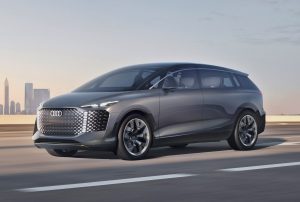
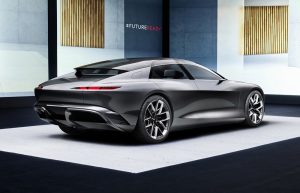
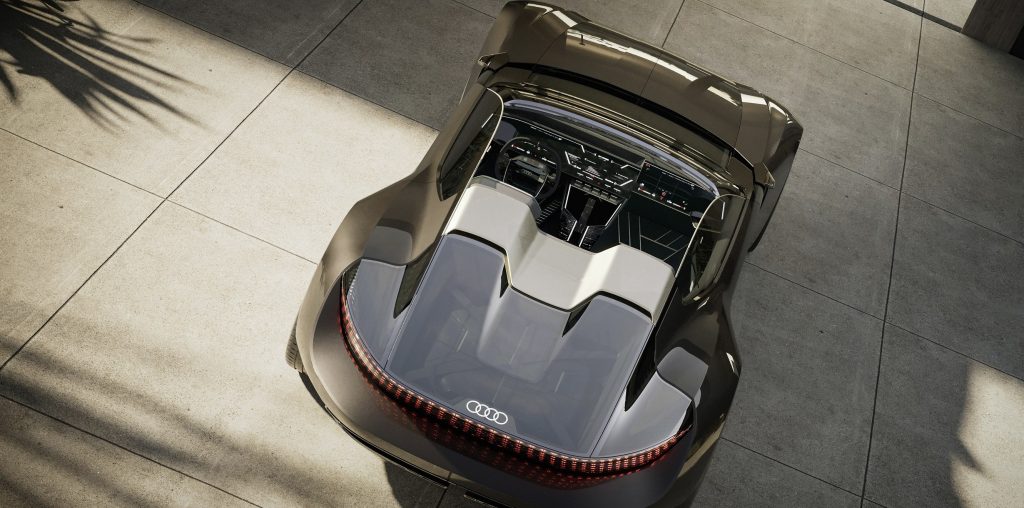
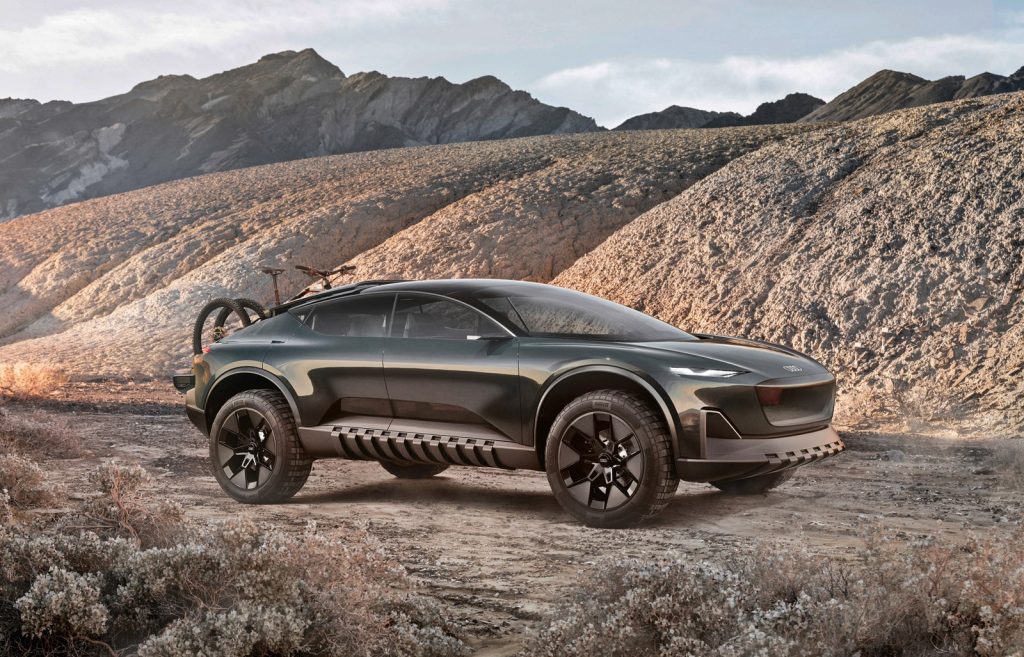
The concept model was conceived and designed at the Audi Design Studio in Malibu, California, right next to the Pacific Coast Highway. The designers at this facility would have been most familiar with crossover SUVs and trucks being the bestselling vehicles in America.
Measuring 4.98 metres long and 2.07 metres wide, the activesphere concept has impressive ground clearance, with large 22-inch wheels indicating the ability to depart from the highway as well. The activesphere’s versatility on different surfaces is made possible by a quattro drive system and suspension which is equally adept both on and off the road. The steering wheel and pedals allow the driver to actively control the vehicle when required, but there is also autonomous capability if desired.
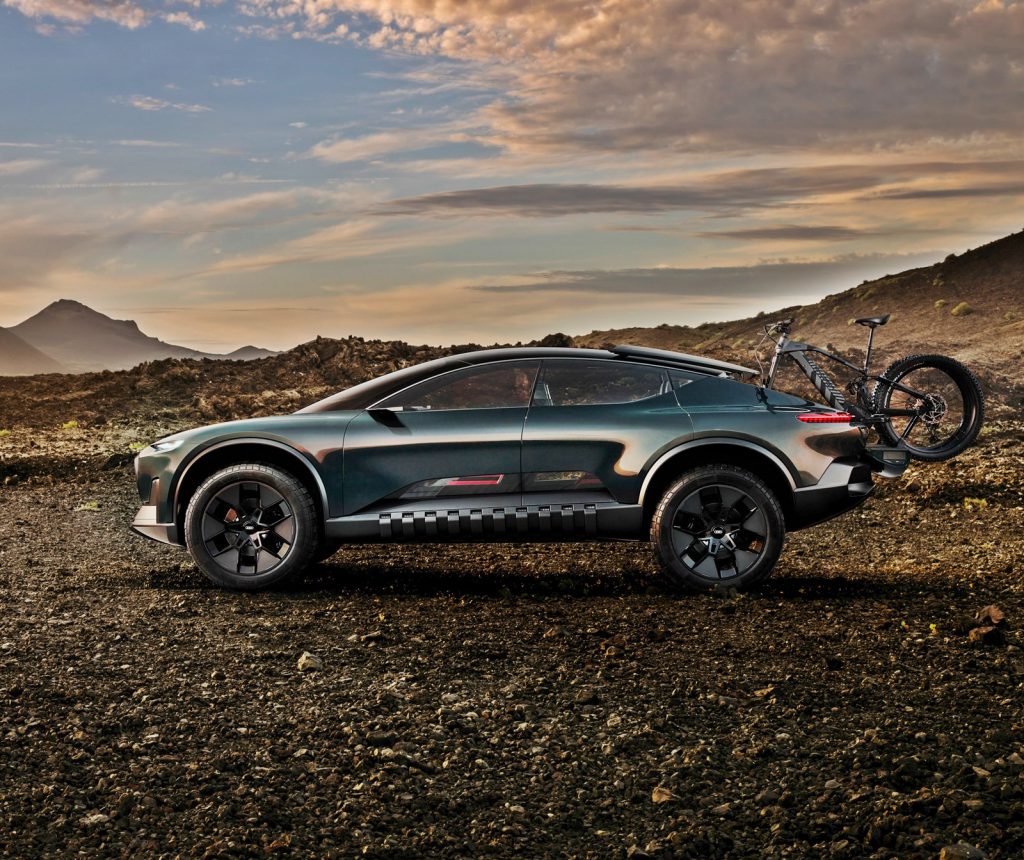
With an electric drive and quick-charging technology from Audi’s PPE modular system, the activesphere generates no emissions so it is good for the environment as it travels off-road. A range of about 600 kms is claimed and 800V technology allows for quick recharging of the battery pack.
The autonomous mode can also be used when travelling off-road, which gives a new experience for the driver and occupants. With advanced display and operating technology, the activesphere will be able to move across the countryside on its own, allowing the occupants to enjoy the scenery.
The innovative operating concept, Audi Dimension, combines the physical and virtual worlds (ie mixed reality) by displaying digital content in the occupants’ fields of vision in real-time. High-tech headsets provide a view of the real environment and the route, while simultaneously displaying 3D content and interactive elements – individually configurable for drivers and passengers.
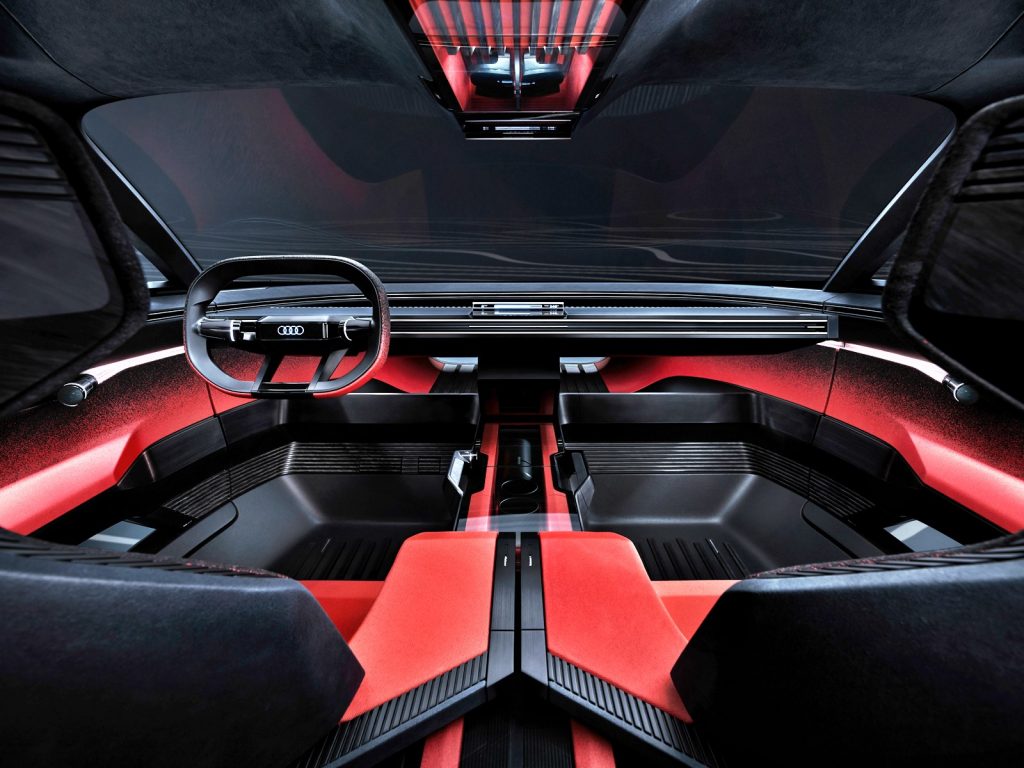
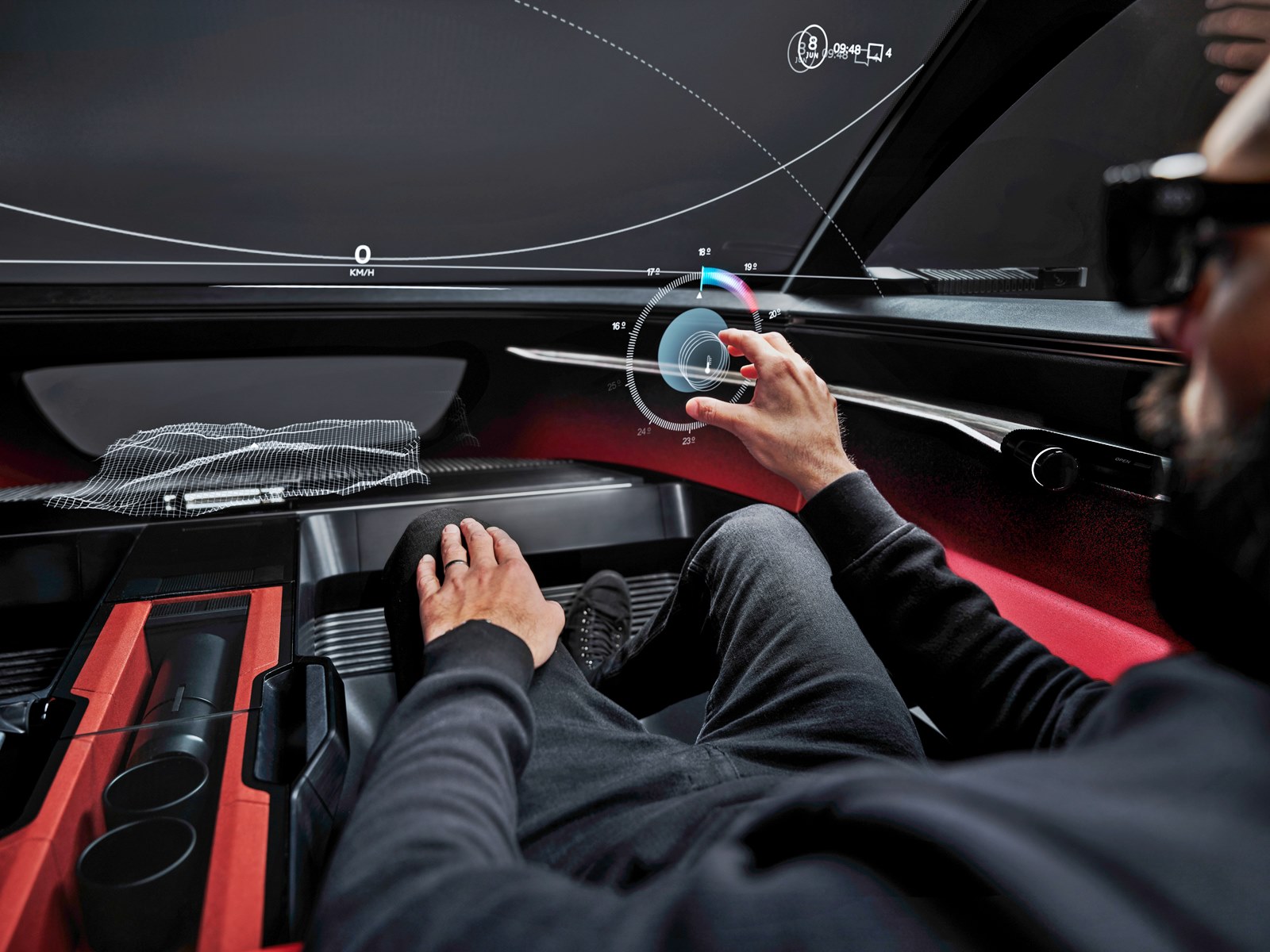
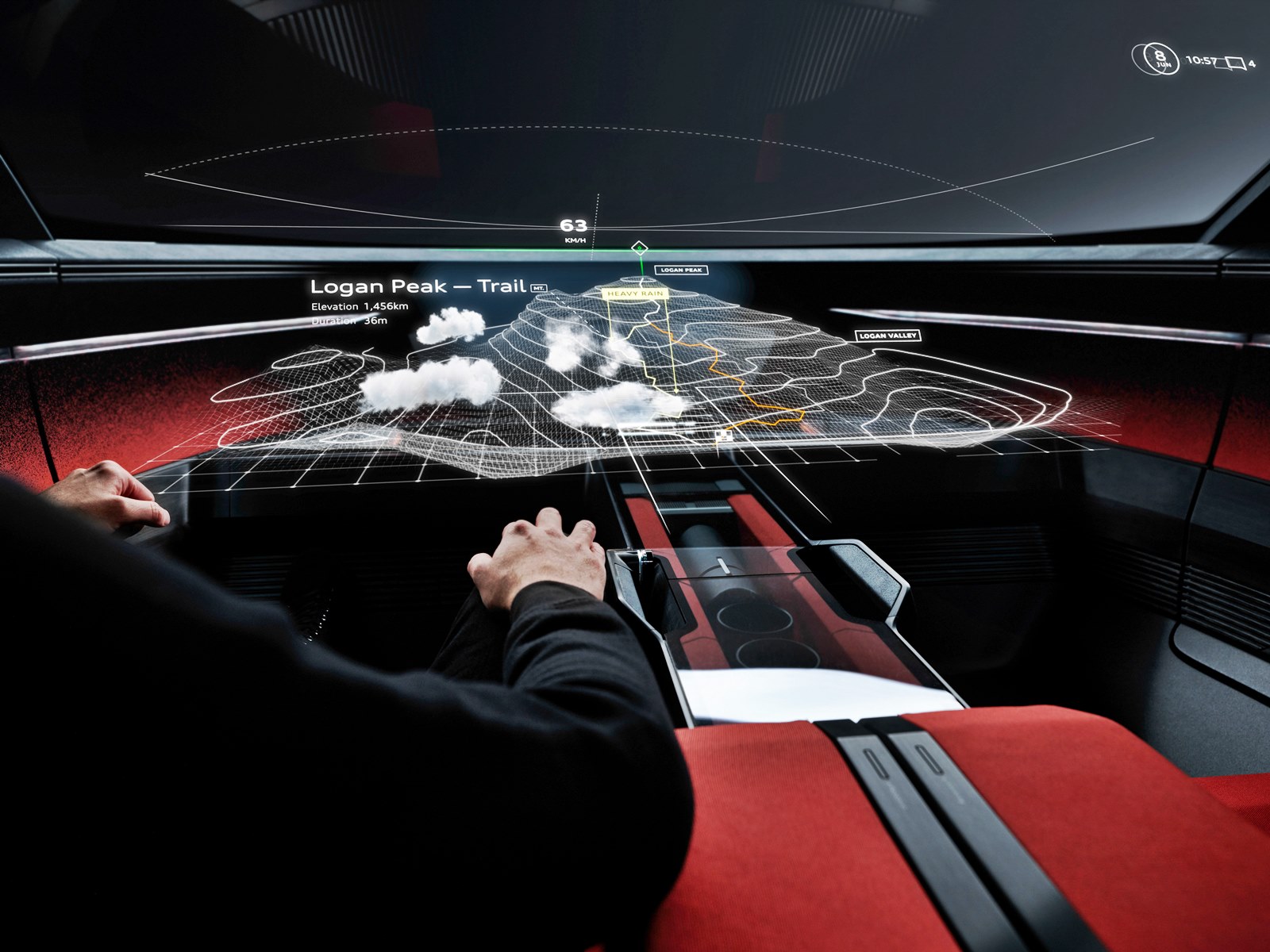
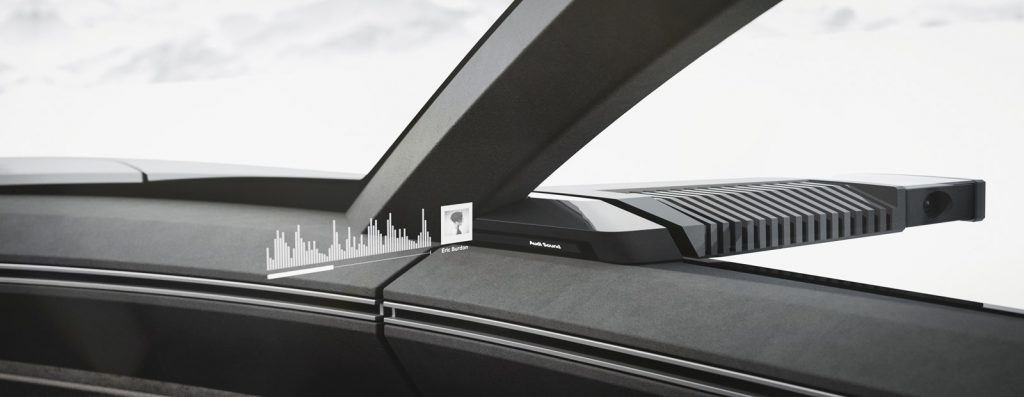
The interior zones feature horizontal contrasting colouring and the reigning centrepiece is the seating surfaces and door and front panelling in warm lava red, which contrast with the dark exterior even when looking through the side windows. Above and below this central zone, dark colours (black, anthracite, and dark grey) also dominate.
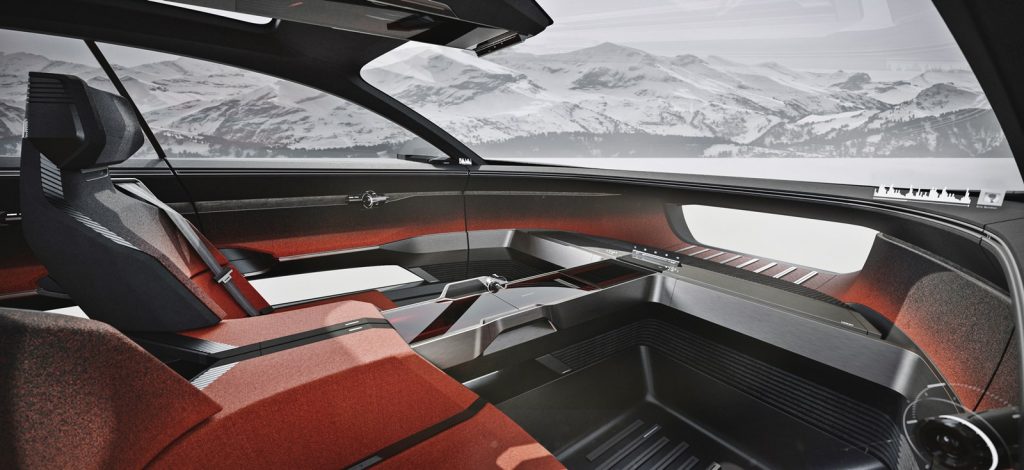
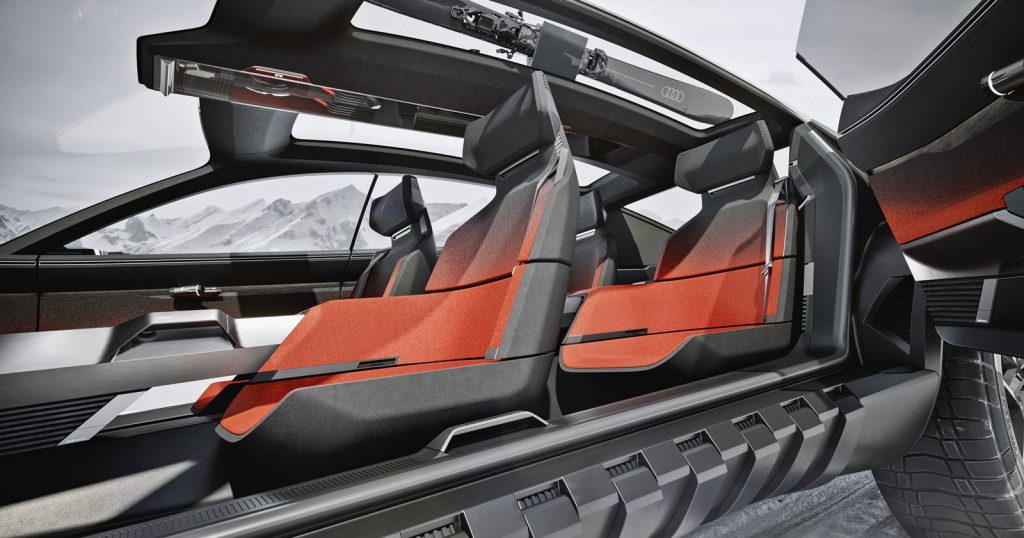
The four individual seats are suspended like extensions of the high, full-length centre console. Resting on the centre console, the upper end of the seat shell’s inner side is shaped horizontally as an armrest. The designers imagined the seat, back, and shoulder surfaces as three separate, circumferential shells; the visual appearance alone already promises good lateral support. They also appear so light as to float and thus maintain the balance between automotive function and the elegance of a lounge chair.
While the design has classic proportions and lines, within just a few seconds, it can transform into a pick-up truck. The Sportback rear – referred to as an active back – can turn into an open cargo bed at the touch of a button. The space available is enough for carrying recreational equipment such as two e-bikes or watersports gear.
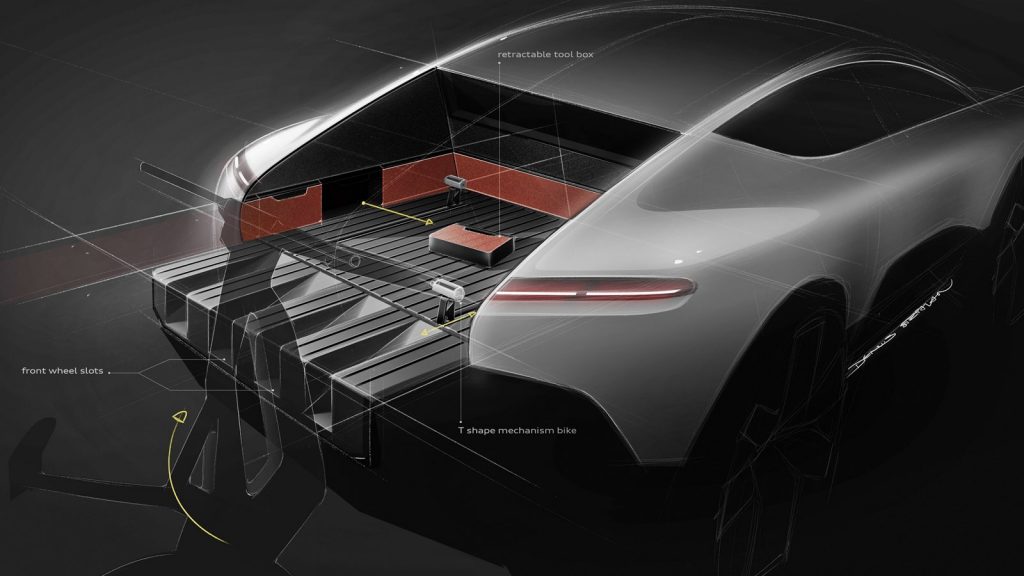
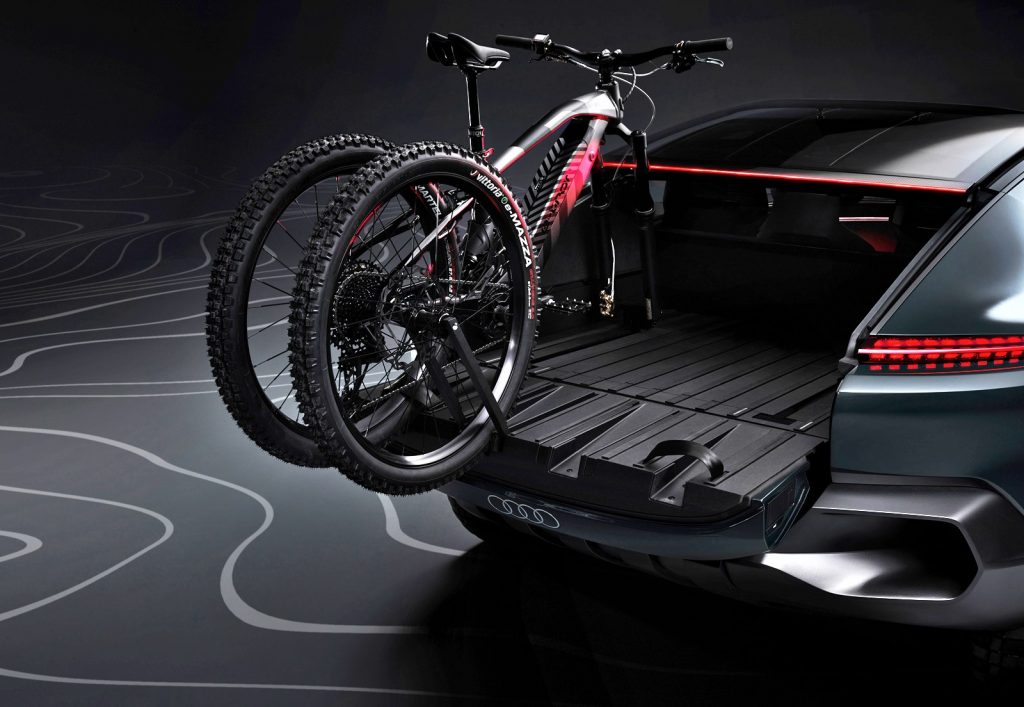
Typical of an electric vehicle, the wheelbase is a generous 2.97 metres, providing lots of legroom for passengers. The front and rear overhangs are correspondingly short for a much more compact impression than the mere numbers indicate. The wheels feature movable segments: when used off-road, they open for optimum ventilation, and they close on-road for optimum aerodynamics. The elegant, stylish camera mirrors on the two front doors are also designed specifically to minimize drag.
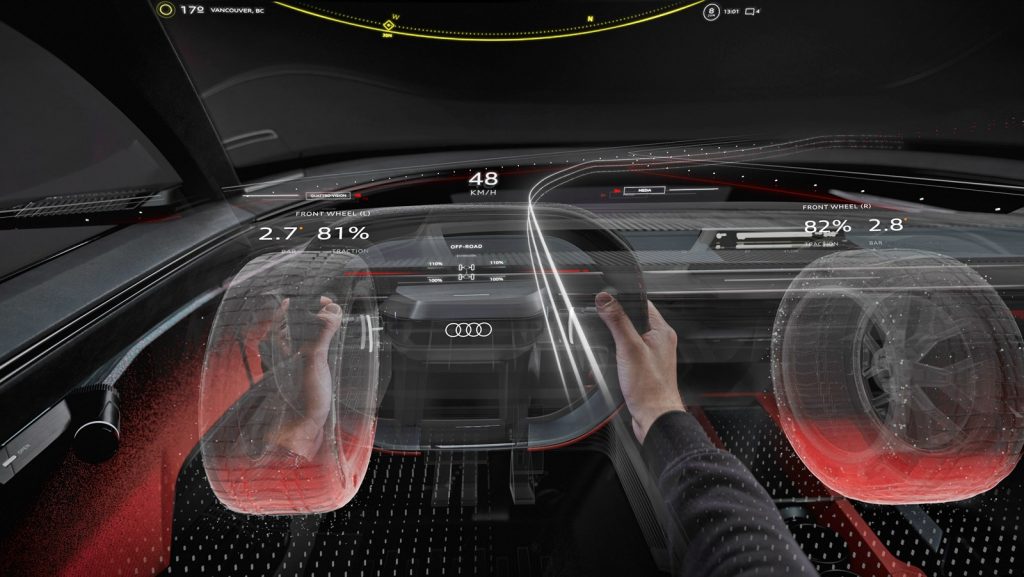
Glass surfaces make up a significant part of the vehicle’s body – and by no means just at head height. The front end of the activesphere features Audi’s signature Singleframe, designed as a transparent glazing to afford passengers an unobstructed view through the large frunk (the new term for the empty engine bay) of the road in front of the vehicle.
There are also glass surfaces on the side in the lower door area, which seem to dissolve the boundary between the natural world and the interior when the activesphere is in off-road mode. The wide, curved tailgate features extensive glazing for optimum lighting, whilst even the roof itself is transparent, letting plenty of daylight into the interior.

The activesphere marks the first time that a car with a Sportback hatchback incorporates the design elements and technical equipment of an allroad. For this reason, Audi calls the new body variant “active Sportback” in contrast to the allroad.
